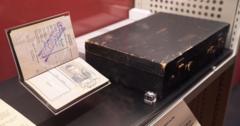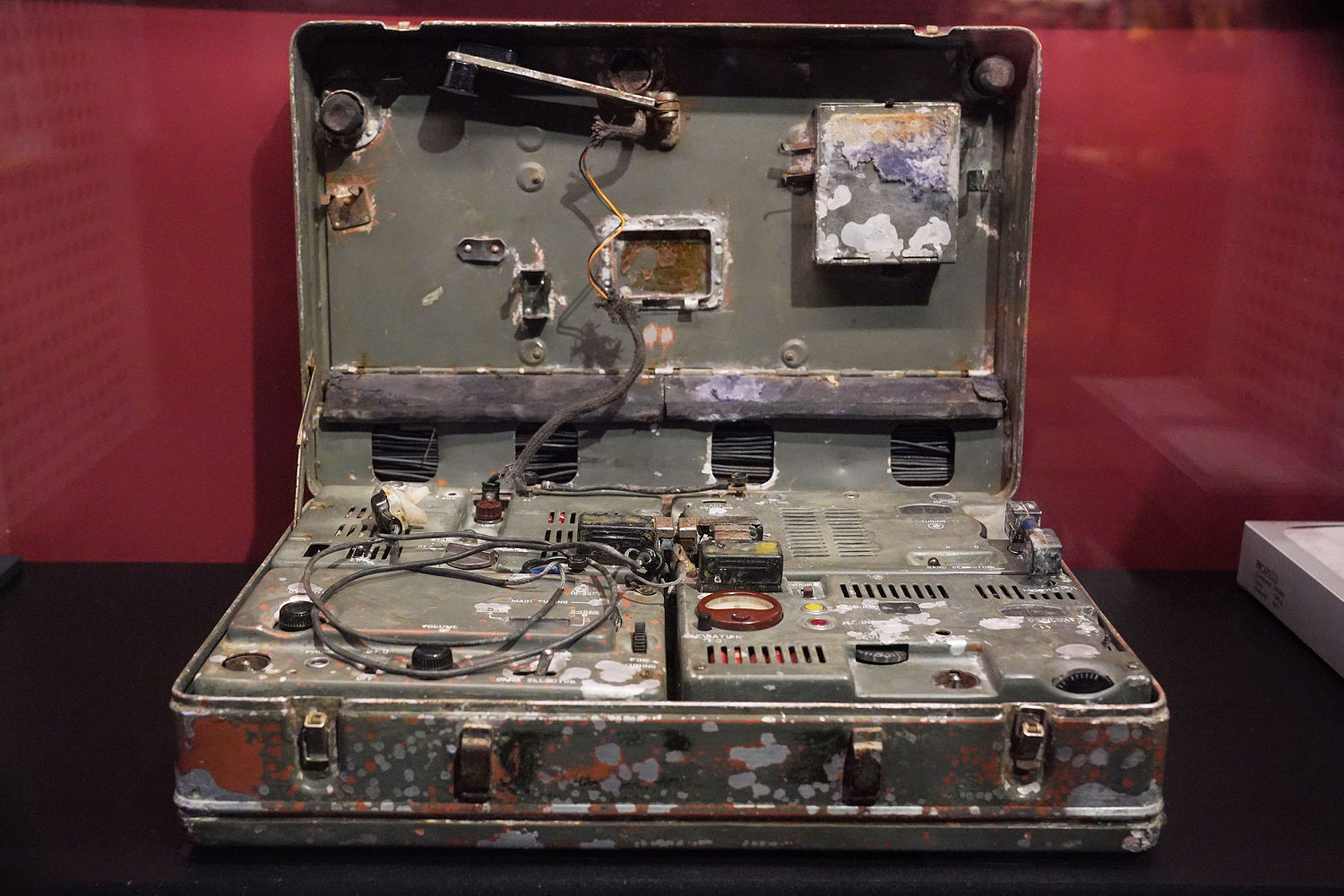From Guy Burgess’s briefcase to microdots secreted in talc, an exhibition reveals remarkable items from the agency’s archives – and the extraordinary stories behind them
The agency that would become MI5, originally known as the Secret Service Bureau, employed just 17 staff in 1914; by the end of the first world war, the number working for Britain’s domestic counter-intelligence agency had swelled to 850, including a number of female administrators.
While valuable for managing the card index records, noted Edith Lomax, the controller of women staff in 1918, only women under the age of 30 should be recruited “on account of the very considerable strain that was thrown on [their] brains”.
Continue reading...















